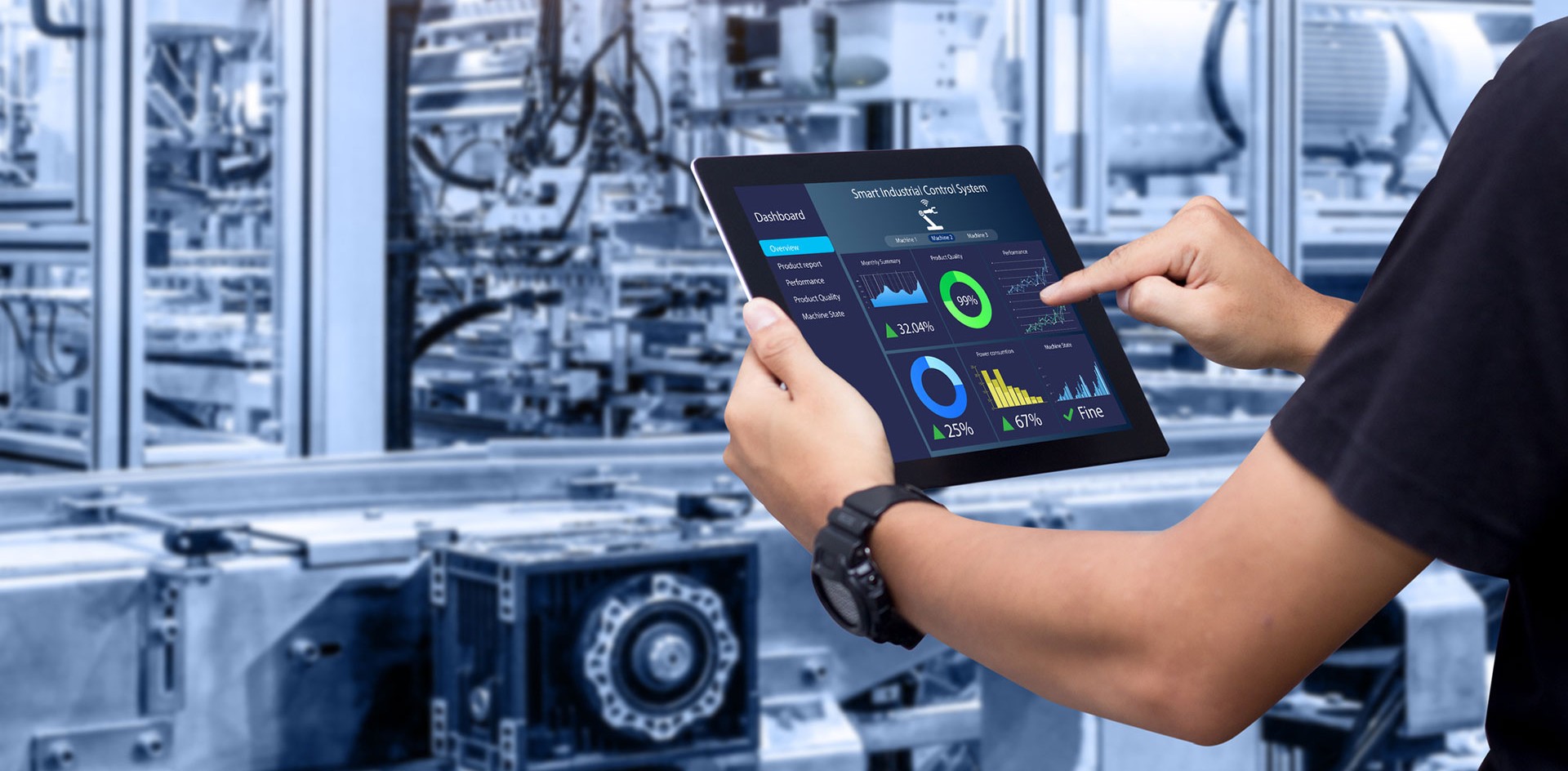
In industries where fluid flow plays a critical role—such as oil and gas, water treatment, and chemical processing—accurate monitoring can directly impact operational efficiency and safety. Traditional flow meters have long been the standard for measuring volume, pressure, and velocity. However, as data availability and computational power have grown, a new approach is emerging: hybrid virtual flow meters ML physics modeling. This method merges the reliability of physics-based simulations with the adaptability of machine learning to create intelligent, efficient, and scalable flow monitoring solutions.
The Limits of Conventional Flow Meters
Conventional physical flow meters, including turbine, ultrasonic, and differential pressure types, require physical installation, calibration, and regular maintenance. In high-pressure or remote environments, these requirements become costly and sometimes risky. Additionally, traditional meters can struggle with changing flow conditions, such as multiphase flows or irregular pressure fluctuations.
Even advanced computational fluid dynamics (CFD) models, while offering detailed insight into flow behavior, are often too computationally expensive for real-time applications. Because of these problems, there is a greater need for tracking systems that are smarter and more flexible.
What Are Hybrid Virtual Flow Meters?
Hybrid virtual flow meters are software-based systems that estimate flow characteristics using a combination of physical laws and machine learning algorithms. Rather than relying solely on sensors or hardware, these systems model the flow digitally using both known physics equations and patterns learned from historical data. This fusion of ML-enhanced physics modeling enables real-time flow estimation with minimal physical infrastructure.
The term hybrid virtual flow meters ML physics modeling refers to this exact synergy—machine learning models trained on real-world data are informed and constrained by physics-based principles, resulting in more accurate and reliable predictions.
Why ML-Enhanced Physics Models Matter
Machine learning, on its own, excels at recognizing patterns and adapting to changes in input data. However, when used without a grounding in physical laws, ML models can produce results that are mathematically accurate but physically impossible. On the other hand, physics-based models are fundamentally sound but may not account for real-world anomalies or unmodeled complexities.
By combining these approaches, hybrid models retain the fidelity of physics simulations while gaining the flexibility and scalability of ML. This results in systems that can:
- Adapt to changing operating conditions
- Compensate for sensor faults or missing data
- Reduce dependency on costly physical hardware
- Operate in real-time with high levels of accuracy
Applications Across Industries
Oil and Gas: In upstream operations, hybrid virtual flow meters are used to monitor multiphase flows in real-time, even in the absence of traditional metering hardware. They help reduce downtime and optimize production by enabling predictive maintenance.
Water Utilities: With aging infrastructure and complex distribution networks, water utilities benefit from intelligent monitoring that can detect leaks, estimate flow rates, and predict system performance under different demand scenarios.
Industrial Processing: In industries such as food and beverage or pharmaceuticals, hybrid flow monitoring systems ensure consistent quality control by managing and predicting flow variations in complex pipelines.
Looking Ahead
The future of intelligent flow monitoring lies in the continued advancement of hybrid virtual flow meters ML physics modeling. As sensor networks grow and more operational data becomes available, these models will become increasingly accurate, versatile, and self-improving. Cloud computing and edge AI will further enhance their real-time capabilities, making them indispensable tools across numerous sectors.
In summary, ML-enhanced physics models represent a transformative leap in how we monitor and manage fluid flow. By uniting data-driven intelligence with physical law, they provide a powerful, reliable, and scalable alternative to traditional flow meters—one that is well-suited to the evolving needs of modern industry.






